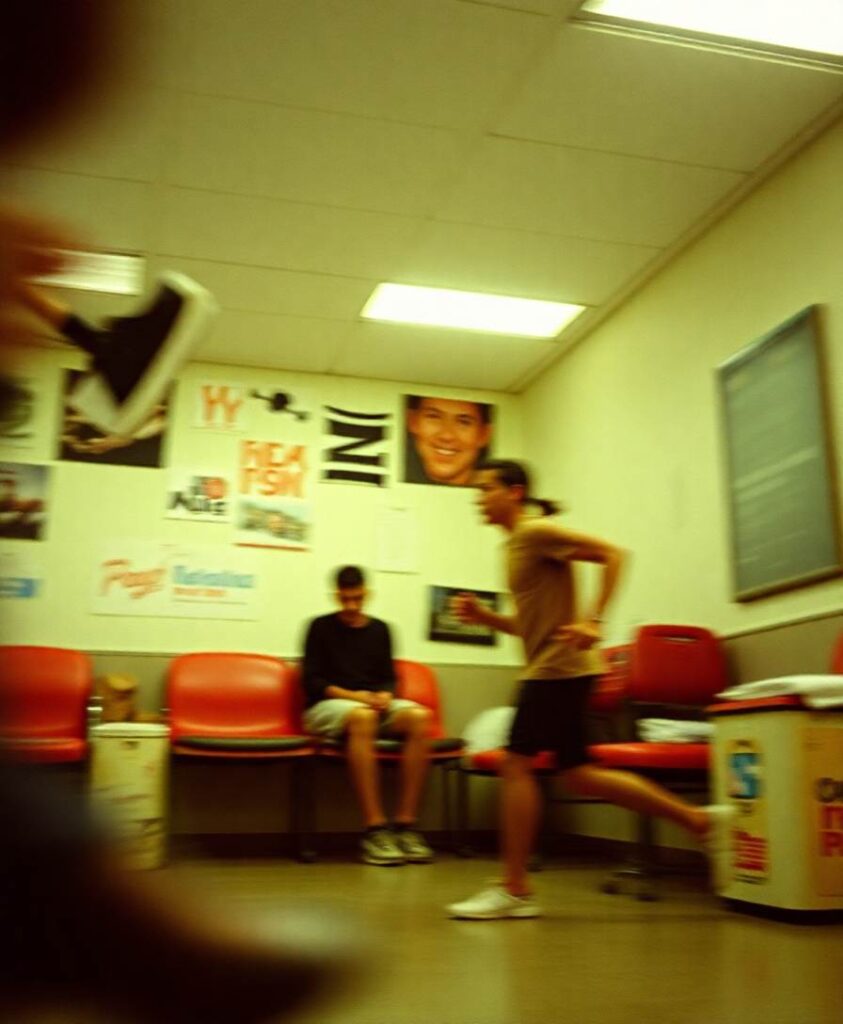IntroductionThis study aims to investigate the health factors associated with cognitive frailty in frail and pre-frail older adults living in the community.MethodsA total of 233 older adults meeting Fried’s criteria for pre-frailty or frailty were included. Cognitive status was evaluated using the Short Portable Mental Status Questionnaire. Health factors encompassed nutritional status (evaluated using the Mini Nutritional Assessment tool, body mass index, and waist, arm, and leg circumferences), physical function (assessed with the Short Physical Performance Battery), quality of life (measured with the total index of the EuroQoL 5-Dimension 5-Level questionnaire – EQoL-Index -, and the Visual-Analogue Scale – QoL-VAS – for today’s health state), as well as sleep, physical activity, and inactivity estimated through wrist-worn accelerometers. Multivariable logistic regression analyses were conducted to identify potential predictors of cognitive frailty, considering age as a confounding factor.ResultsCognitive frail participants exhibited advanced age, heightened self-reported exhaustion, diminished overall physical performance, reduced leg perimeter, decreased engagement in moderate-to-vigorous physical activity, and higher levels of inactivity (all p<0.05). However, after adjusting for age, only QoL-VAS emerged as a cognitive frailty risk factor (Odds ratio: 1.024), while the EQoL-Index, calf perimeter, and levels of moderate-to-vigorous physical activity were identified as protective factors (Odds ratios: 0.025, 0.929, and 0.973, respectively).DiscussionThis study highlights the complex relationship between non-modifiable factors such as age, and modifiable factors including quality of life, nutritional status, and physical activity in the development of cognitive frailty among older adults with a frailty phenotype living in the community.



